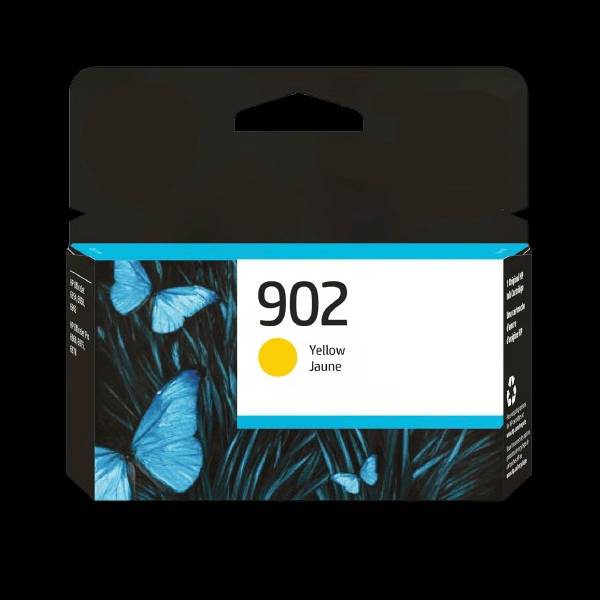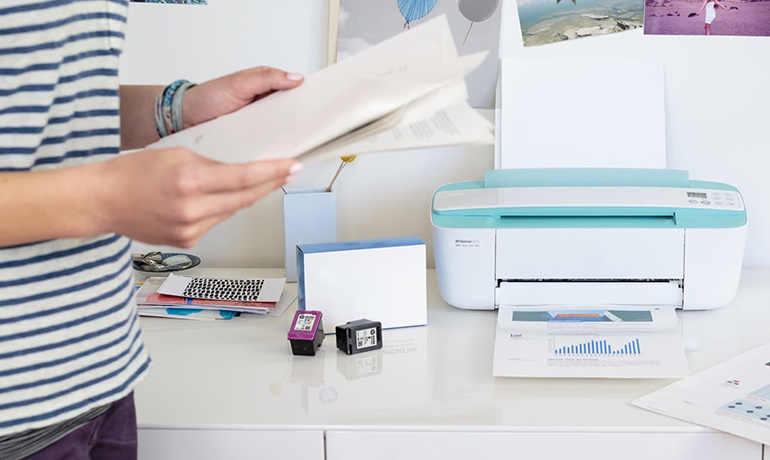Printers are essential devices in homes, offices, and businesses, but their performance and output quality depend heavily on one crucial factor: the type of ink and paper you use. While many users focus solely on the printer model, the importance of ink and paper selection often gets overlooked.
In this guide, we’ll explain why using the correct ink and paper can dramatically impact your printing experience — from print quality and longevity to cost-efficiency and equipment durability.
1. Why Ink Quality Matters
Ink is more than just a colored liquid; it’s a vital component that affects every aspect of your printing.
a. Print Quality
High-quality ink ensures sharp text, vibrant images, and consistent color reproduction. Low-grade or incompatible inks can result in:
- Smudging or streaking
- Faded colors
- Blurry text
- Inconsistent tones
b. Printer Longevity
Using compatible, high-quality ink prevents clogging of nozzles, reduces wear on print heads, and extends your printer’s lifespan. Cheap or counterfeit ink may contain impurities that damage internal components over time.
c. Cost Efficiency
While genuine or high-quality third-party ink might seem expensive upfront, they provide better page yields and reduce the frequency of replacements, making them more economical in the long run.
d. Eco-Friendliness
Some premium ink cartridges come in recyclable formats or with ink refill options, which reduces environmental impact.
2. The Role of Paper in Printing
Not all paper is created equal. Paper quality affects ink absorption, drying time, texture, and final output.
a. Types of Printer Paper
Here are some common types:
- Copy Paper: Best for everyday text documents.
- Glossy Photo Paper: Used for high-resolution photographs and images.
- Cardstock: Ideal for printing cards, business templates, and certificates.
- Transfer Paper: Used for printing designs on fabric or other materials.
b. Ink Absorption & Paper Weight
The paper’s coating and thickness (measured in GSM – grams per square meter) determine how ink is absorbed. Heavier paper reduces bleed-through, especially important for color prints or double-sided documents.
c. Finish Options
- Matte Finish: No glare, suitable for text-heavy documents.
- Glossy Finish: High shine, perfect for colorful photos.
- Satin or Semi-gloss: A balanced option for presentations or portfolios.
3. Common Printing Problems Due to Poor Ink or Paper
Using subpar ink or paper can lead to:
- Paper jams caused by uneven thickness or cheap quality
- Ink smudging on non-absorbent or incompatible paper
- Color mismatch or dull prints
- Increased ink consumption due to paper soaking
4. How to Choose the Right Ink
a. Check Compatibility
Always match your ink to your printer model. Using incompatible ink can void warranties and damage components.
b. Consider Ink Type
- Dye-Based Ink: Great for color vibrancy and photo printing.
- Pigment-Based Ink: Better for sharp text and water-resistance.
c. Use Genuine or Trusted Third-Party Cartridges
Trusted third-party cartridges with ISO certification are a safe alternative to OEM cartridges.
5. How to Choose the Right Paper
a. Determine Your Printing Needs
- Printing text? Use standard 75–90 GSM copy paper.
- Photos or graphics? Go for 200+ GSM glossy or satin paper.
- Business cards or brochures? Choose high-quality cardstock.
b. Size Matters
Choose paper sizes like A4, Letter, Legal, or specialized sizes like 5″ x 7″ for photos or projects.
c. Review Paper Compatibility
Check if your printer supports various paper types. Laser printers and inkjet printers require different paper surfaces.
6. Best Practices for Optimal Print Quality
- Store ink cartridges in a cool, dry place.
- Use paper kept flat and clean to avoid jams or smudging.
- Perform regular nozzle and alignment checks.
- Use “Best” print settings for important documents or photos.
Final Thoughts
Your printer’s output is only as good as the ink and paper you feed into it. Investing in the right supplies not only improves quality but also extends your printer’s life, reduces costs, and keeps your documents looking professional.
At Printing-Support.com, we offer a wide range of premium ink cartridges, photo papers, cardstocks, and transfer sheets to help you print with confidence. Whether you’re working from home, running a business, or printing school projects — the right ink and paper make all the difference.


